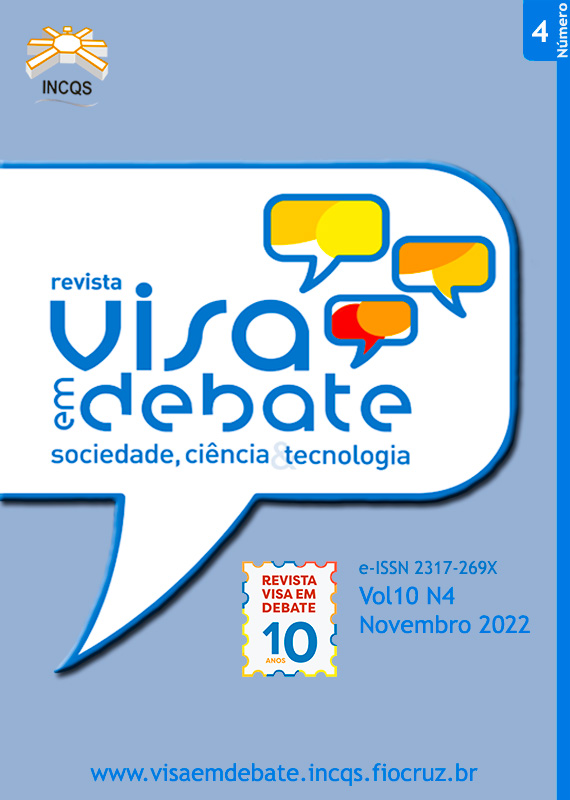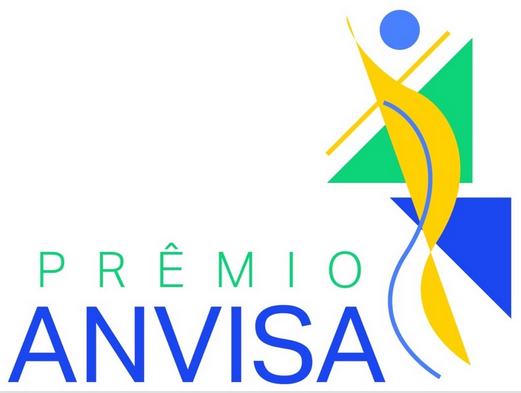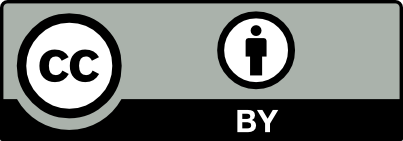Aspects related to the sanitary control of stretch plastic films for domestic use
DOI:
https://doi.org/10.22239/2317-269x.02083Keywords:
Plastic Films, Commercial Films of PVC, Stretch Plastic Films, Tests Migration and Food SafetyAbstract
Introduction: Flexible and stretchable plastic films are the most used in residences and commercial establishments. Plastic materials, when used in direct contact with food, under appropriate conditions of use, cannot transfer contaminating or toxic substances to food, in quantities that represent a risk to human health. Objective: Evaluate stretch films plastic for domestic use purchased in commercial establishments for domestic use, simulating contact with fatty foods and make an approach on aspects related to labelling, food safety, and environment. Method: The total migration test was carried out by contacting plastic film with the fatty food simulant, 95% ethanol solution (v/v), for a period of 10 days at 40ºC and for 24 hours at 20ºC. The mean percentage values of mass loss of plastic films were determined after the migration test. Results: Stretch plastic films for domestic use in Brazil, analysed in contact with the fatty food simulant, showed total migration values above the limit established in the legislation. Foreign plastic films presented values of total migration at adequate levels and were considered safe; only one film presented a value above the maximum tolerable limit in Mercosul. In PVC stretch films, the percentage results of mass loss were from 21.75 to 25.67 (%) and in LDPE plastic films, percentage results were less than 1.00 (%). Conclusions: Data obtained in this study show the need for continuous monitoring in the quality control of stretch films plastic when used in direct contact with fatty foods. Both information on the plasticizer used in the stretch plastic films on the commercial packaging label, and guidance actions on the use and application of stretch plastic films should be implemented and encouraged by agencies for sanitary and environmental control, and for consumer protection.
Downloads
Downloads
Published
Issue
Section
License
Copyright (c) 2022 Paulo Eduardo Masselli Bernardo (Autor)

This work is licensed under a Creative Commons Attribution 4.0 International License.
COPYRIGHT ALLOWANCE The author (s) hereinafter designated as the ASSIGNOR hereby assign and transfer, free of charge, the ownership of the copyrights related to this ARTICLE to the Vigilância Sanitária em Debate: Sociedade, Ciência & Tecnologia (Health Surveillance under Debate: Society, Science & Technology) – Visa em Debate, represented by FUNDAÇÃO OSWALDO CRUZ, established at Av. Brasil, nº 4365, Manguinhos, Rio de Janeiro, RJ, Brazil, CEP 21045-900, under the conditions set out below: (a) The terms and conditions set forth in this Agreement shall apply to the following: 1. The ASSIGNOR declares that they s(he) is (are) the author (s) and owner (s) of the copyrighted property of the ARTICLE submitted. 2. The ASSIGNOR declares that the ARTICLE does not infringe the copyrights and / or other property rights of third parties, that the disclosure of images (if any) has been authorized and that they s(he) assume(s) full moral and / or property liability for its content, before third parties. 3. THE ASSIGNOR assigns and transfers all copyrights relating to the ARTICLE to the ASSIGNEE, especially the rights of editing, publication, translation into another language and reproduction by any process or technique. The ASSIGNEE becomes the exclusive owner of the rights related to the ARTICLE, and any reproduction, totally or partially, is prohibited in any other means of publicity, printed or electronic, without prior written authorization from the ASSIGNEE. 4. The assignment is free and, therefore, there will be no remuneration for the use of the ARTICLE by the ASSIGNEE.







